A Technical Perspective – Everything you need to know about Chronographs

The chronograph is without doubt one of the most popular complications. It’s also one of the complications that can be used on a daily basis, however what most people do not realise, is that the chronograph mechanism is among the most complex mechanisms to design and manufacture. For horology connoisseurs, there aren’t many experiences that are as rewarding as admiring the intricacies of a fine manual wind column-wheel chronograph. Here is everything you need to know about chronographs – An introduction to ‘time writers’ – from chronograph scales and flyback chronograph through split-second chronographs, foudroyante, column-wheel versus cams, horizontal versus vertical clutch, and integrated versus modular chronographs.
The origins
Chronograph can be directly translated from its Greek origins, a chronograph writes time (chronos=time, graphein=to write). However, chronographs actually allow us to display elapsed time intervals, and therefore should actually be called chronoscopes. The word ‘chronograph’ was invented by Nicolas Mathieu Rieussec, a watchmaker for the French King Louis XVIII. His invention actually writes time, as it inks measured times intervals on a rotating dial. However, timekeepers allowing to measure time intervals predate Rieussec. As early as 1776, Pouzait manufactured watches whose second hand could be stopped and restarted (not reset though).
The Nicolas Mathieu Rieussec chronograph, which inks measured intervals on rotating dials – thought to be the first of its kind for a long period.
The Louis Moinet ‘compteur de tierces’ pocket watch was discovered in 2013 and is remarkable. According to the markings on the case, it was made in 1815-1816. Designed to time the passage of stars, it measures events to the 60th of a second with start, stop and reset functions. To reach this impressive precision its balance wheel beats at an impressive 216,000 vibrations per hour. Mind you, the average ‘normal’ mechanical movement these days beats at 28,800 vibrations per hour. The central hand indicates the sixtieth of a second; the second, minutes and hours are recorded on separate subdials. The Moinet creation was endowed with a start, stop and reset function.
Louis Moinet ‘compteur de tierces’
Until the 1930s, chronographs featured a single pusher to trigger the start-stop-reset functions always in the same sequence – a construction known as Mono-Pusher. The introduction of a second pusher allowed it to be stopped and restarted without the need to reset. There again, this function was already found in Moinet’s revolutionary ‘compteur de tierce’ with its two pushers.
Over the years, several mechanisms were invented to enhance their precision and improve chronographs. The Austrian chronometer maker Winnerl designed a split second mechanism in 1838 with a heart-shaped cam. At the beginning of the 20th century, the sizes of chronographs were reduced to be fitted into wristwatches. Watchmakers also developed less expensive and simpler chronograph movements, in particular, with the invention of cams, to eventually replace the complex, high-end column-wheels to command chronograph functions. Surprisingly, the first automatic chronographs didn’t appear till the late 1960s, when three rivalling projects were competing in a true race to present the first automatic chronograph, which they did in early 1969: Zenith (with the famous El Primero movement – integrated, column-wheel, high-beat movement), a Heuer-Breitling-Büren partnership (with the Chronomatic – modular movement based on a micro-rotor calibre with module on the movement side) and, somehow more discretely, Seiko (with the ref.6139 – integrated, vertical clutch, column wheel).
A 1969 Heuer Monaco Calibre 11, housing a Chronomatic movement. The Chronomatic was based on a Büren micro-rotor slim movement with the addition of a Dubois-Dépraz chronograph module. The project was initiated by Jack Heuer and Willy Breitling. The team was completed by Büren that would be soon acquired by Hamilton.
Chronograph scales
Several scales might be indicated on chronographs. Among the most frequent ones, tachymeters, pulsometers and telemeters provide additional functions, while also giving them that “special touch”.
Tachymeters allow the measurement of speed. To do so, the user starts and then stops the chronograph at a given marker, of a certain distance (in general one kilometre or one mile). The chronograph second hand indicates the corresponding speed on the scale.
The recent Rolex Daytona 116500LN, with tachymeter scale engraved on its ceramic bezel
Pulsometers, The so-called doctor’s watches, are chronographs which feature a scale allowing a simple and reliable rapid heart rate reading. The doctor’s starts the chronograph, counts a determined number of pulsations (usually it is calibrated for 15 or 30), stops the chronograph to read the patient’s pulse per minute on the pulsometric scale.
The elegant and understated Patek Philippe 5170G-001 featuring a pulsometer “gradué pour 15 pulsations”
Telemeters allows the measuring of distance to an event, for instance artillery firing or lightening, which can be seen and heard, using the difference between the speed of light and of sound. The chronograph is started when the event is seen and stopped when it is heard. The chronograph seconds hand indicates the distance from the event on the telemetric scale.
The recent TAG Heuer Carrera Calibre 18 Chronograph Telemeter, with its vintage telemetric scale around the dial
Fly-back
Also known as ‘retour-en-vol’ in French, flyback chronographs can be returned to zero and restarted instantly with only a single push of a button. Appreciated by pilots for the time it saves, this function allows to begin retiming quickly without the need of pressing pushers three times in succession to stop, reset and start the chronograph.
The Breguet Type XX, one of the most famous watches with Retour-En-Vol / Fly-Back complication
Split-second chronograph (Rattrapante in French or Doppelchronograph in German)
A split-second chronograph features 2 superimposed second-hands which time 2 events of different lengths simultaneously. One hand (the Rattrapante) can be stopped to read an intermediate time while the other one (the trotteuse) keeps running. A second push on the Rattrapante pusher will allow the stopped hand to catch up with the moving hand.
Patek Philippe split second chronograph reference 1436 in stainless steel, produced in the 1940s
Split-seconds mechanisms are among the most complex to design and manufacture. Usually a rattrapante wheel works in unison with the chronograph centre wheel, the heart-shaped cam ensures the chronograph and rattrapante hands are in perfect harmony. The rattrapante wheel is stopped by a clamp closed by the second column-wheel. Watchmakers have designed isolator systems, the purpose of which is to prevent friction which in turn would cause amplitude losses when the rattrapante is stopped. Pressing the rattrapante push piece again, the clamp opens releasing the rattrapante wheel. The isolator is released and thanks to the heart-shaped cam, the two hands are superimposed again.
Up-close with the intricacies of the stunning A. Lange & Söhne double split movement. On top of the balance wheel, the second column-wheel commanding the clamp to stop or release the rattrapante wheel. The Double split features two pairs of stopwatch hands (seconds/minutes) to time events that last up to 30 minutes
Foudroyante
A chronograph with foudroyante allows measurement of fractions of a second. Usually the foudroyante hands completed one revolution per seconds. Traditionally, these are measured on a subdial and show fourth, fifth, sixth or eighth of a second (depending on the beat rate of the movement).
The foudroyante hand traditionally takes its energy from the main barrel, but some watchmakers, given its energy consumption, have developed systems with a separate barrel to power the chronograph and foudroyante such as the Jaeger-Lecoultre Duomètre à chronographe with its two wheel trains regulated by the same oscillator.
The Jaeger-Lecoultre Duomètre à Chronographe. Its dual wing caliber contains two barrels, one of which is dedicated to the chronograph allowing to display a foudroyante seconds divided in six units at 6 o’clock
Column wheel Vs. Cams
The traditional system to command the start, stop and reset functions of the chronograph is the column wheel. As the column-wheel rotates by increments when the chronograph pushers are pressed, the chronograph parts are driven by levers that fall into and out of the spaces between the teeth.
A column-wheel and its characteristic architecture (left). The splendid Montblanc Minerva M16.19 chronograph movement and its column-wheel (right)
A column-wheel mechanism by Glashütte Original. Column-wheel chronographs require precision in the design and manufacturing.
A simpler, cost-effective solution which is much easier to produce, assemble and service is based on a cam system. Pushes on the chronograph buttons move the cam to start, stop or reset the chronograph. If cam-actuated chronographs also prove to be robust, reliable and efficient the column-wheel chronograph are regarded as a more noble, elegant and traditional solution.
The trustworthy and widely used ETA-Valjoux 7750. On the left side, opposite to the balance to wheel, is the cam driving the stop watch functions. Considered in the industry as a ‘workhorse’, the 7750 uses a sliding pinion for chronograph coupling.
Horizontal vs. vertical clutch
The usual working principle of chronographs is based on a connection between the chronograph and the regular timekeeping gear trains. This coupling was traditionally done horizontally thanks to a gear which is free to pivot and allows the connection of the gear train to the chronograph centre wheel. A solution invented and patented by Tag Heuer in 1887, the oscillating pinion, allows the pinion which is constantly engaged with the second wheel of the movement to couple or de-couple with the chronograph wheel train. When the oscillating pinion is engaged, the chronograph is running.
The Vacheron Constantin 3300 column-wheel chronograph caliber. A 14 ½ ‘’’ movement with manual winding. The back of the movement shows the wheel (red arrow) that couples horizontally the center chronograph wheel and second wheel of the timekeeping gear train (blue arrows).
As its name indicates, with a vertical clutch, the coupling of the chronograph mechanism is positioned vertically and by friction, similar to the systems found in automobiles. While horizontal clutches are aesthetically appealing, simple and thinner mechanisms, the theoretical advantages of vertical clutch chronographs is that there are no teeth to engage or disengage, a principle that may cause the jump of the chronograph second hand when the teeth mesh. In addition, the teeth may wear overtime with horizontal clutches.
The Rolex 4130 column-wheel chronograph, a modern construction featuring a vertical clutch. Presented in 2000, the Rolex 4130 replaced the Zenith El Primero to power the iconic Daytona.
Integrated vs. modular chronographs
There are fundamentally only two types of chronographs designs: modular or integrated. The integrated chronograph is a movement that was designed to be a chronograph from its inception. All the chronograph functions are built-in which is the most elegant and appropriate solution.
The integrated chronograph movement by Patek Philippe, the Calibre CH28-520. As you can see, the parts engaging and controlling the chronograph are integrated in the movement and not affixed on top of it.
On the other hand, a modular chronograph is using a base calibre on which a chronograph module is added. This allows much flexibility and offers the possibility to take advantage of economies of scale from the production of the base calibre. Nestled in the Vallée de Joux, Dubois-Dépraz designs and manufactures additional movements for some of the greatest names in the industry and has a wealth of expertise in the production of chronograph modules.
Other posts in “A Technical Perspective“: Escapements, Jewel Bearings, Moon Phase Watches, Travel Watches and Haute Horlogerie Finishing.

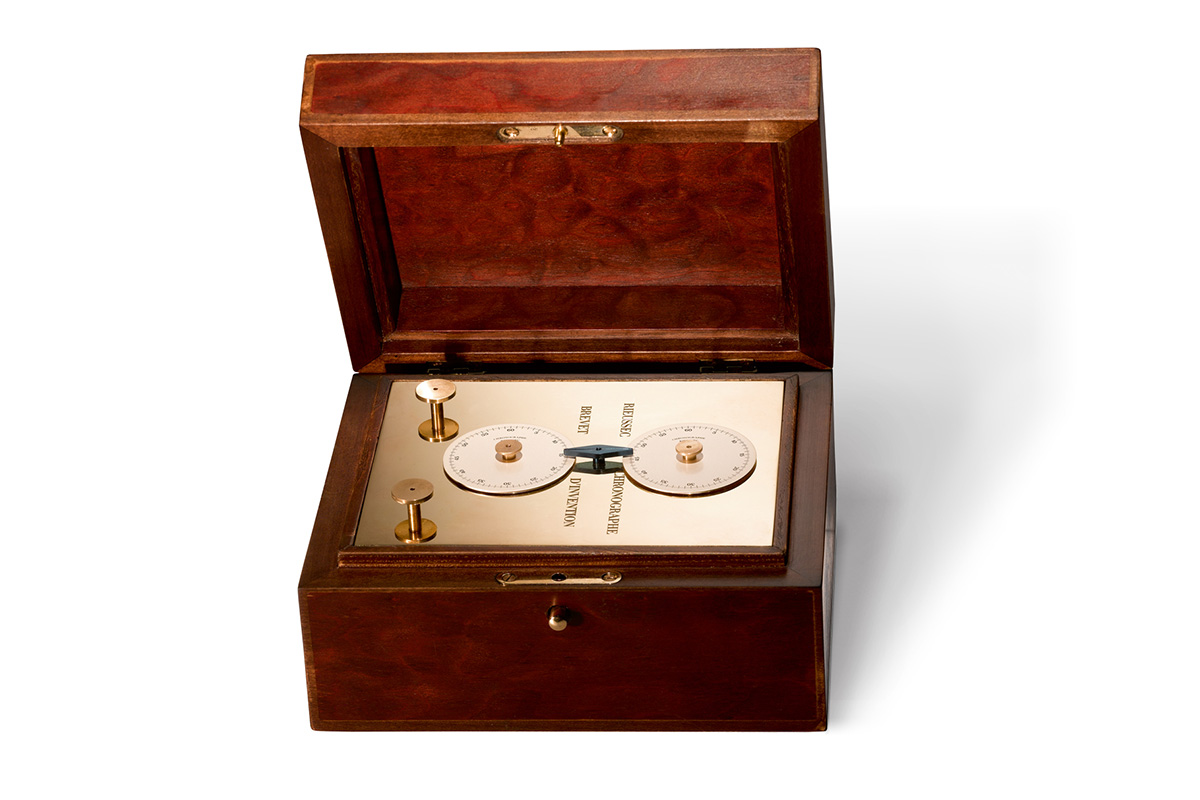
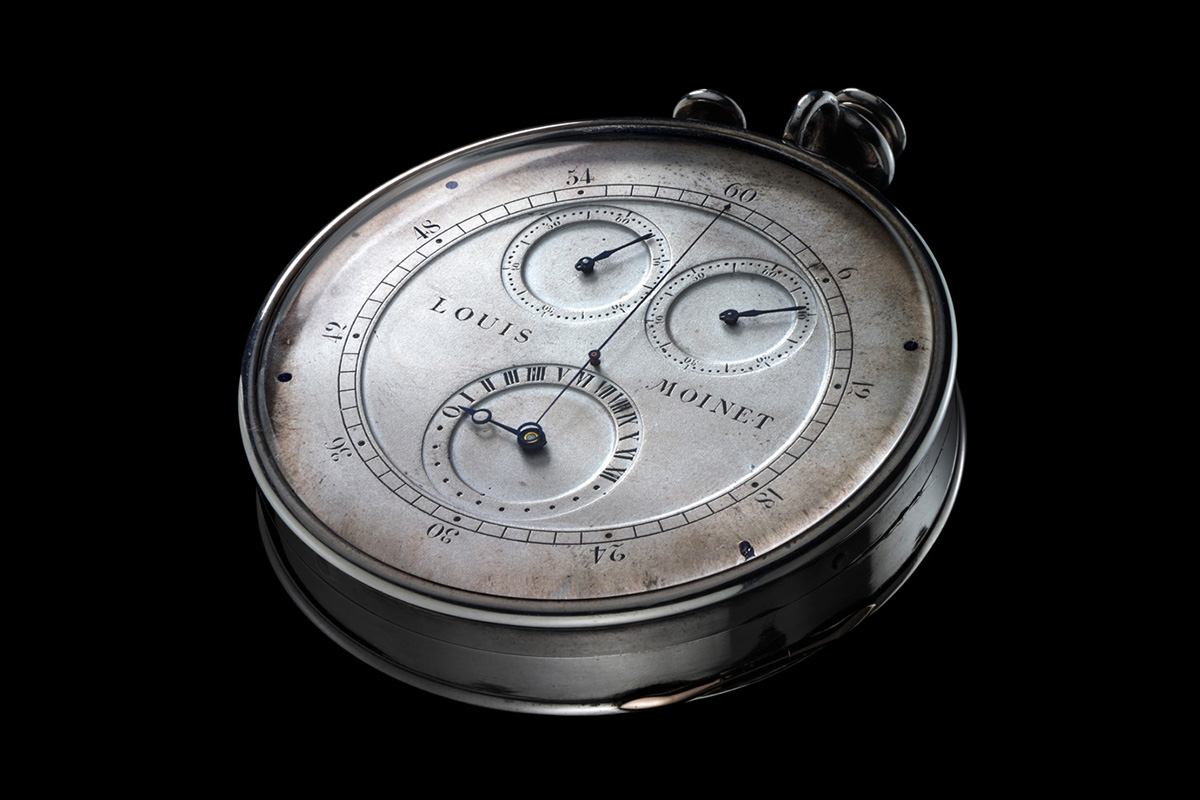
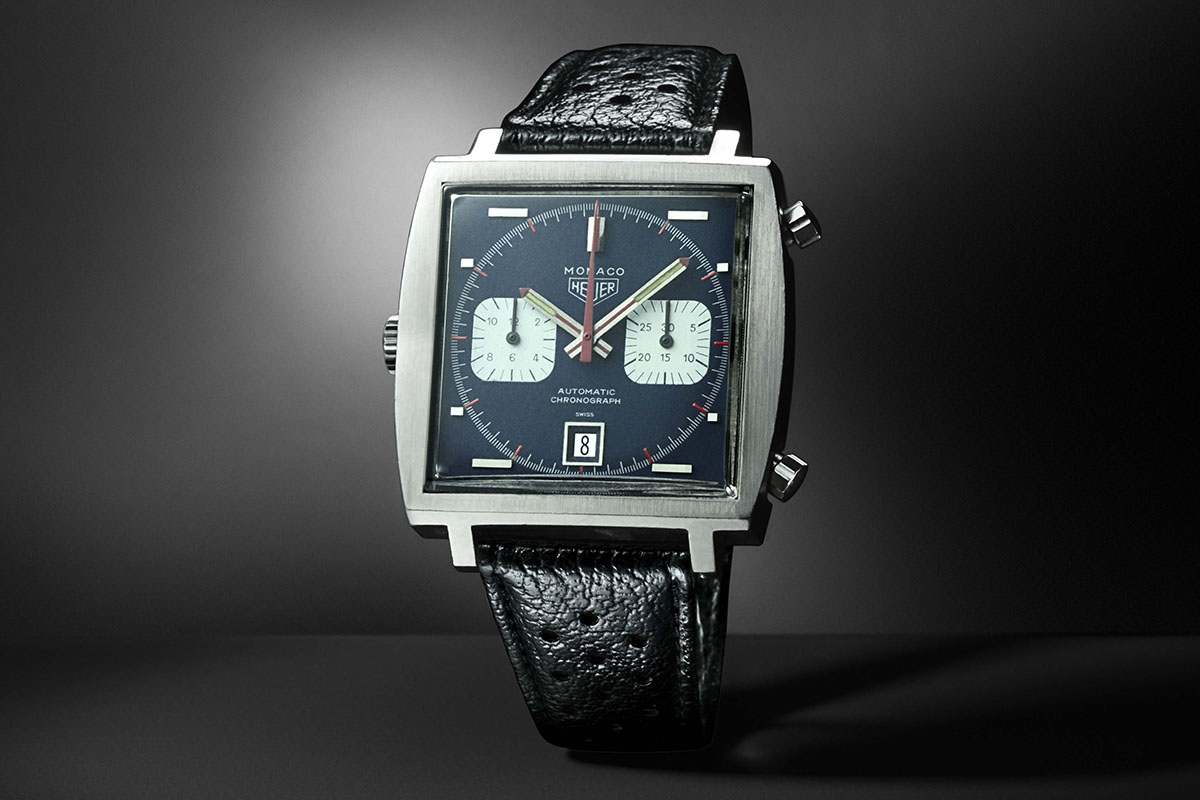
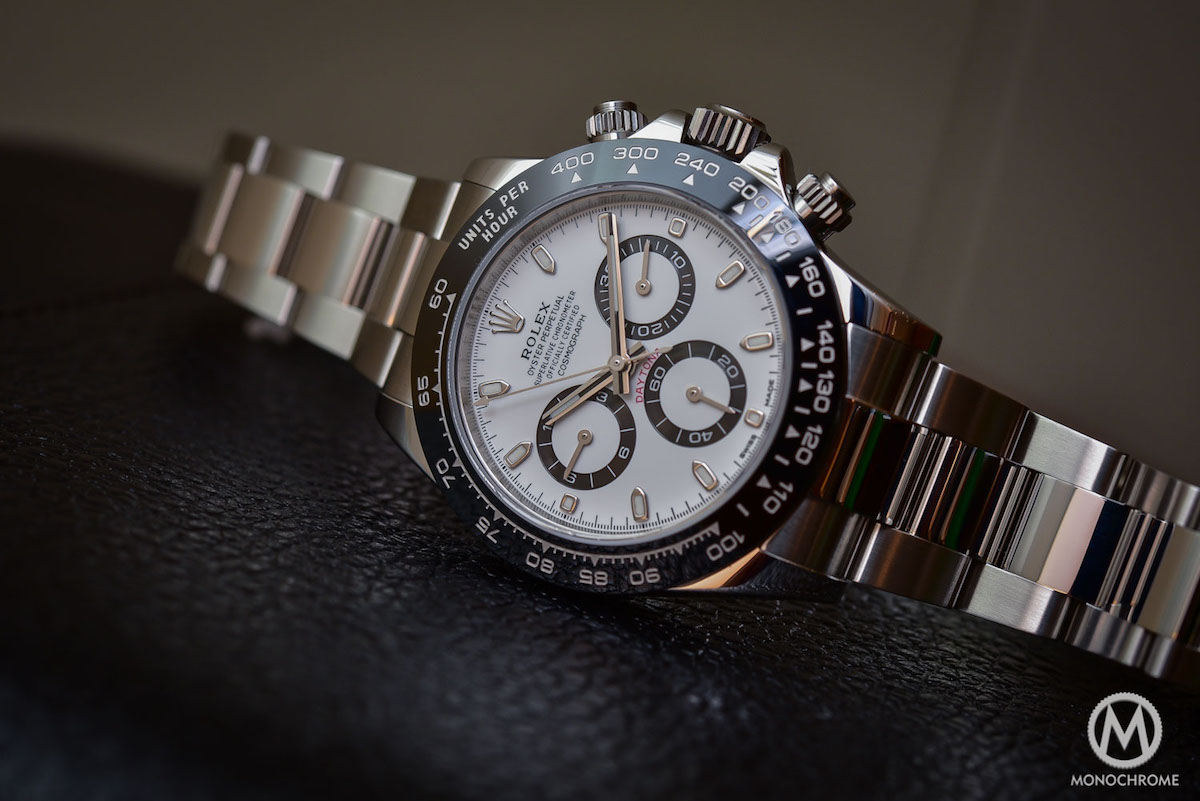
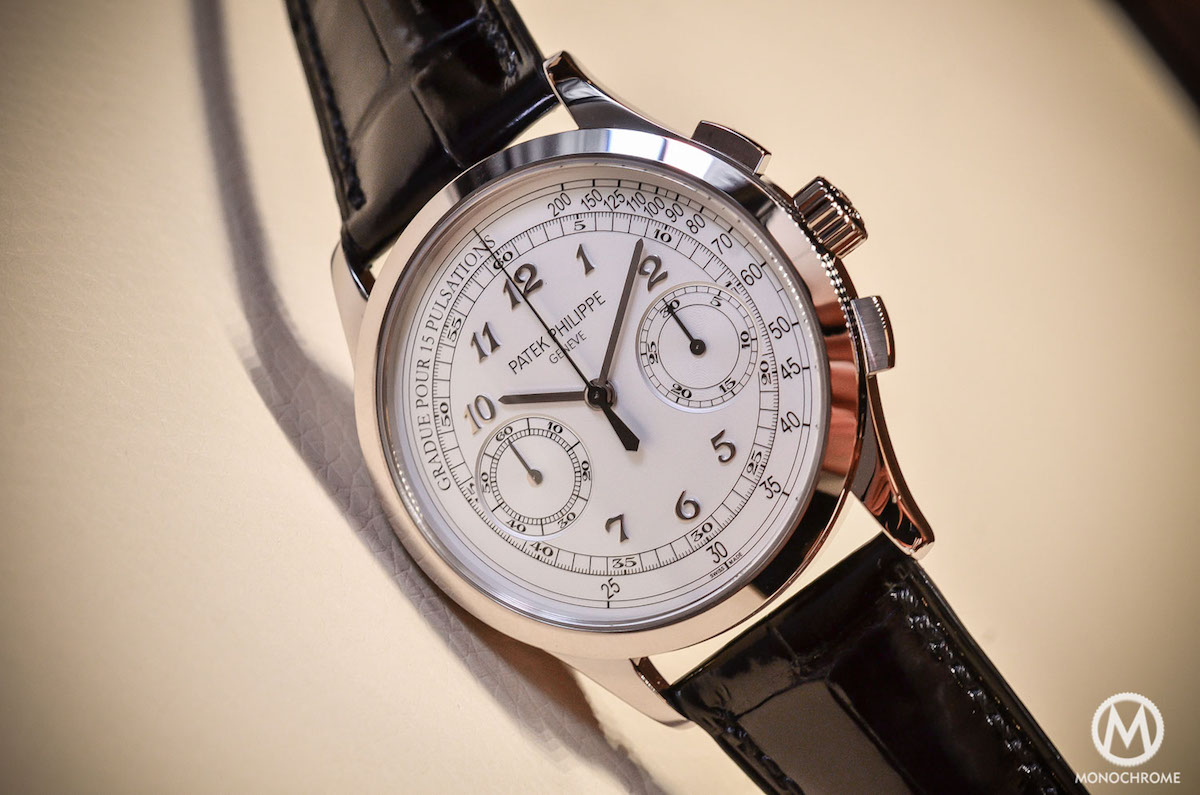



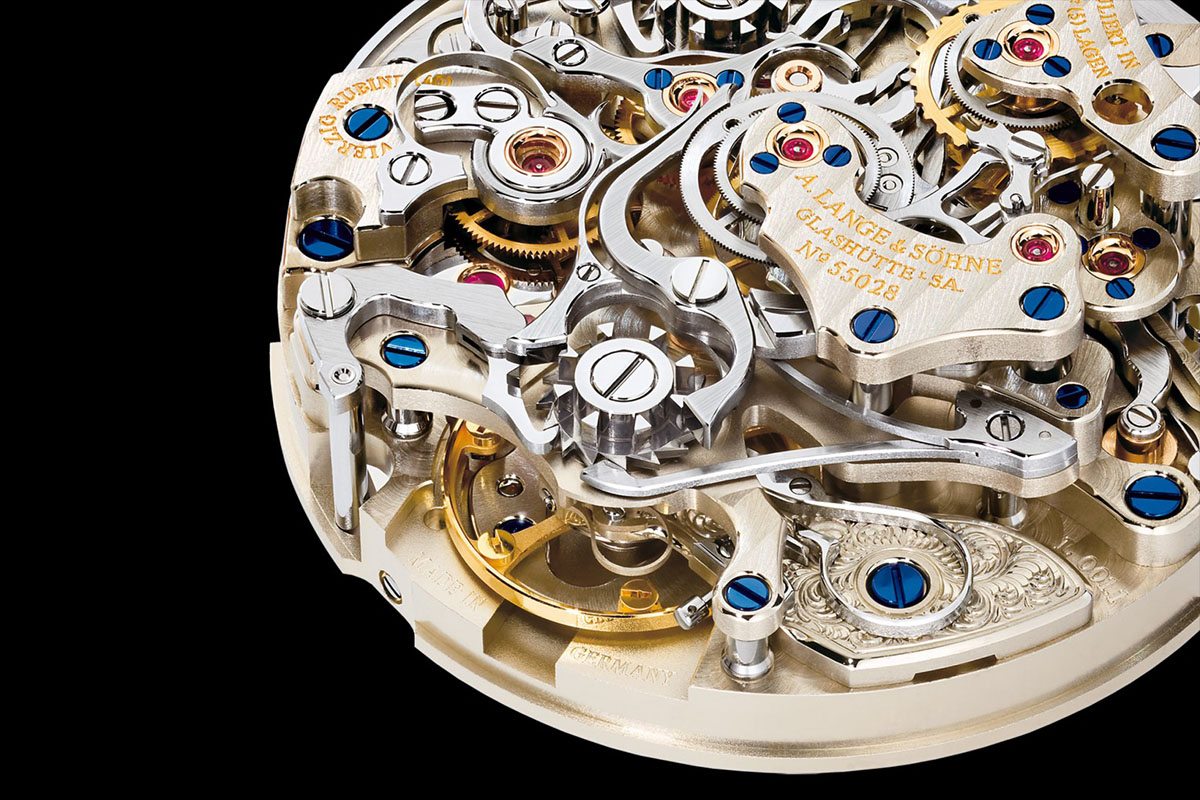


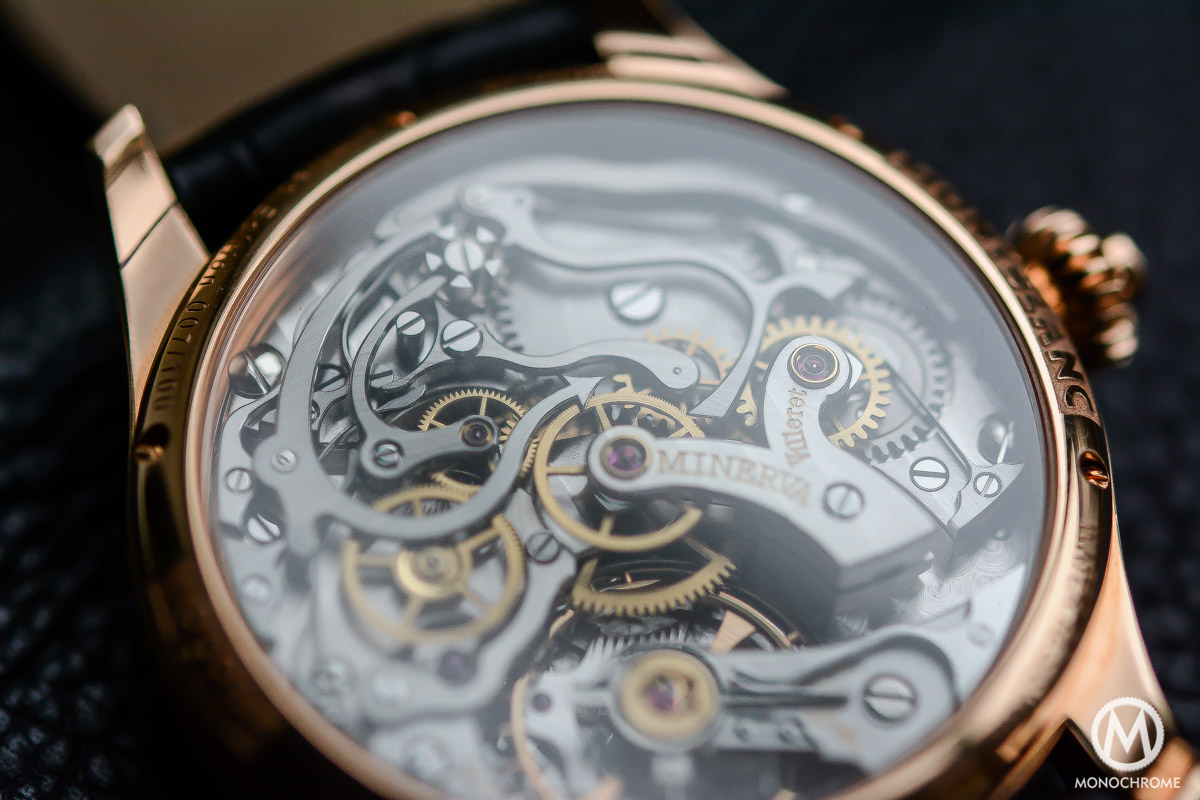

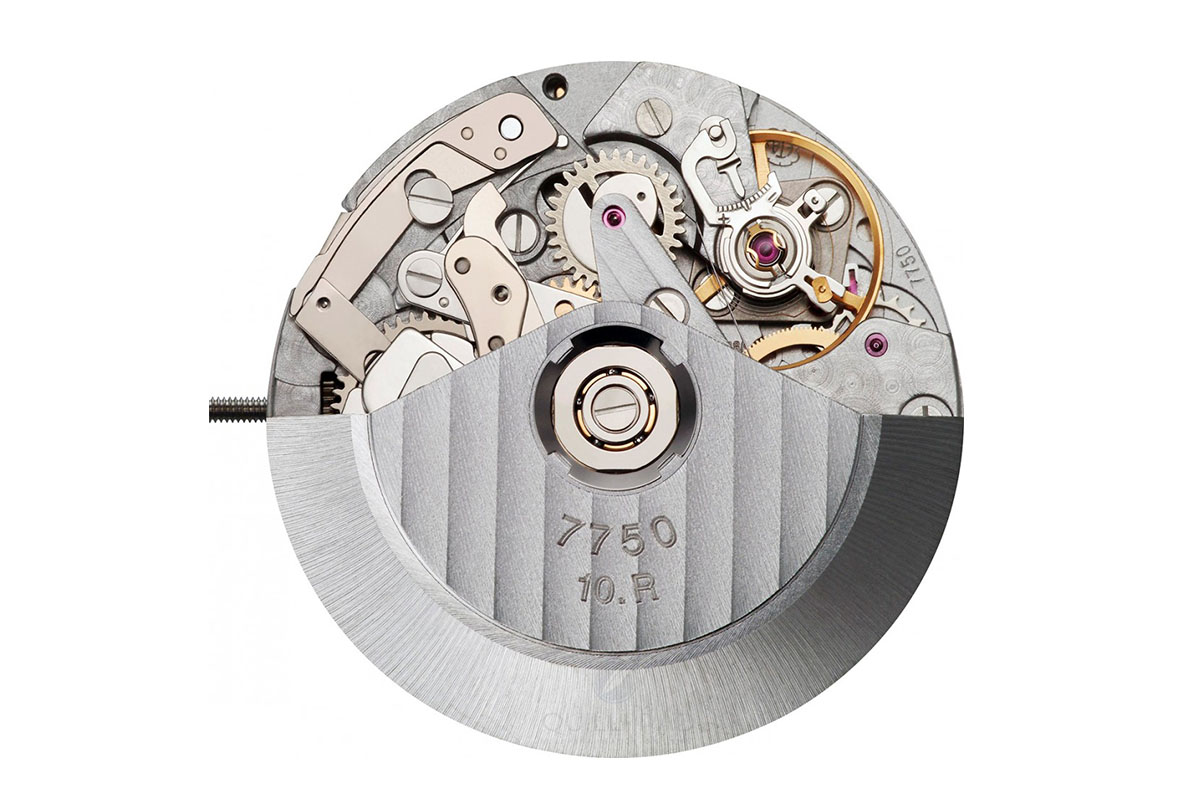

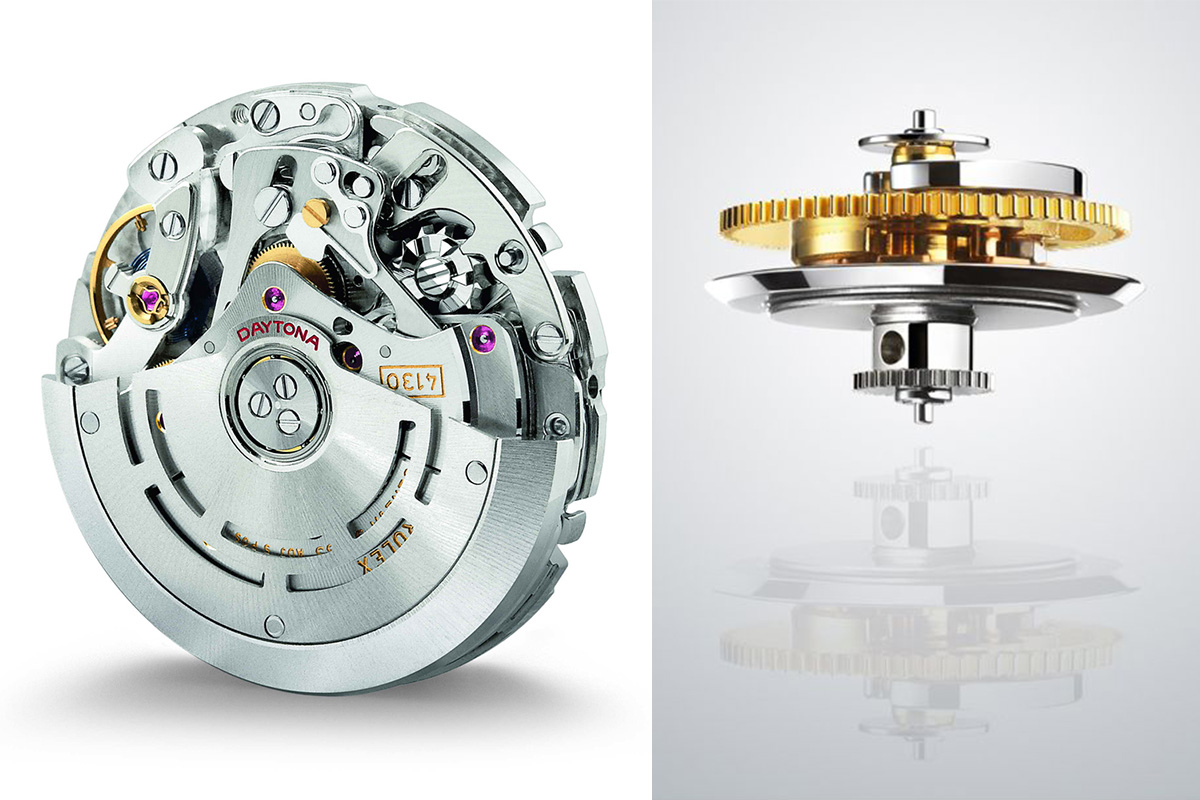




5 responses
Actually there are three, which are modular, semi integrated, and integrated
One is like the widely used ETA 2982 with dubois depraz module like a few of the breitlings, tags, or the recent zenith pilot chronographs, the other one is like that cal 11, and integrated ones is like the Lemanias or pp or those others that you’ve mentioned
Not a mention of Omega calibers 321, 861 or 1861 in the iconic Speedmaster?
A distinction can be made for semi-integrated chronograph (The GP 10”’1/2 small chrono being another example with its column wheel and other chronograph parts being visible dial side).
We indeed skipped the Omega calibers you have mentioned to focus on other aspects… nonetheless also skipped other movements or names that would deserve a mention in a story about chronographs (FP1185, Venus, Lemania, and many others).
Xavier.
What about Porsche Design chronograph?
No as we had to make choices. I supposed you are referring to the indicator with digital display developed with Eterna and based on the 7750. Interesting development indeed. But other models may deserve additional insight too… Tag Heuer calibre 360 or the Montblanc timewalker 100 timing 100th of a second, the panoretro from Glasshutte, the Mémoire 1 from Maurice Lacroix, etc.